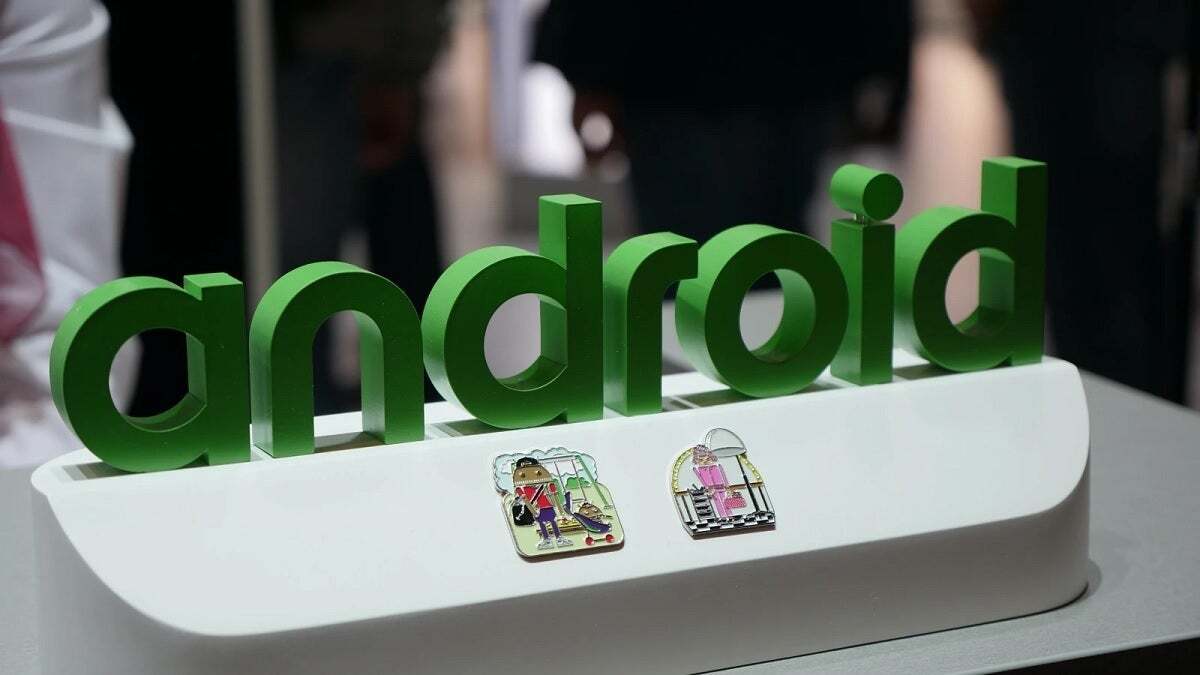Google is preparing to build what will be the first subsea fibre optic cable connecting the continents of Africa and Australia.
The news comes as the major cloud hyperscalers battle it out for business dollars, with Google playing catchup with AWS and Microsoft’s Azure.
Notably, Google’s announcement follows widespread outages across Eastern Africa, which have been attributed to faulty undersea cables. And for a company that relies on resilient connectivity to deliver its services to consumers and businesses alike, Google’s clearly trying to capitalize on this to position itself as the solution.
Dubbed “Umoja,” its new cable starts off in Kenya and run through various countries including the Democratic Republic of the Congo, Rwanda, Uganda, Zambia, and Zimbabwe, before concluding its land journey in South Africa — notably home to Google’s first African data center region, which has been operational in Johannesburg since the start of this year.
The terrestrial part of the route is actually already complete, Google confirmed to TechCrunch, which said it worked with a company called Liquid Intelligent Technologies for that segment. The work on channeling the cable across the Indian Ocean to Perth, Australia, is underway — with no confirmed timeline for completion.
“Umoja will enable African countries to more reliably connect with each other and the rest of the world,” Brian Quigley, Google Cloud’s VP for global network infrastructure, said in a blog post Thursday. “Establishing a new route distinct from existing connectivity routes is critical to maintaining a resilient network for a region that has historically experienced high-impact outages.”
There are hundreds of cables spanning the world’s seas, oceans, and waterways, with Big Tech including Amazon, Google, Meta and Microsoft claiming an increasingly greater stake in the infrastructure. The reason is simple: the more cables and data centers there are, the better quality of service they can provide to their customers, be it lower-latency YouTube streams or speedier data transfers for enterprises built on cloud computing.
The current closest subsea cable route to Google’s planned route for Umoja is SUB.CO’s Oman Australia Cable (OAC) which opened for business in 2022 — connecting Oman with Perth. Google itself has also already invested in various cabling projects centered around Africa, including Equiano which connects Portugal with Nigeria and South Africa.
Earlier this year, the company also announced plans to build what will be one of the first subsea cables connecting South America with Asia-Pacific, running from Chile to Australia via French Polynesia.
While Google hasn’t provided a specific timeframe for completing Umoja, a spokesperson told TechCrunch that a typical submarine cable build from planning through to becoming operational is around three years. So we can, perhaps, expect this cable to be ready for prime time by around 2026.




